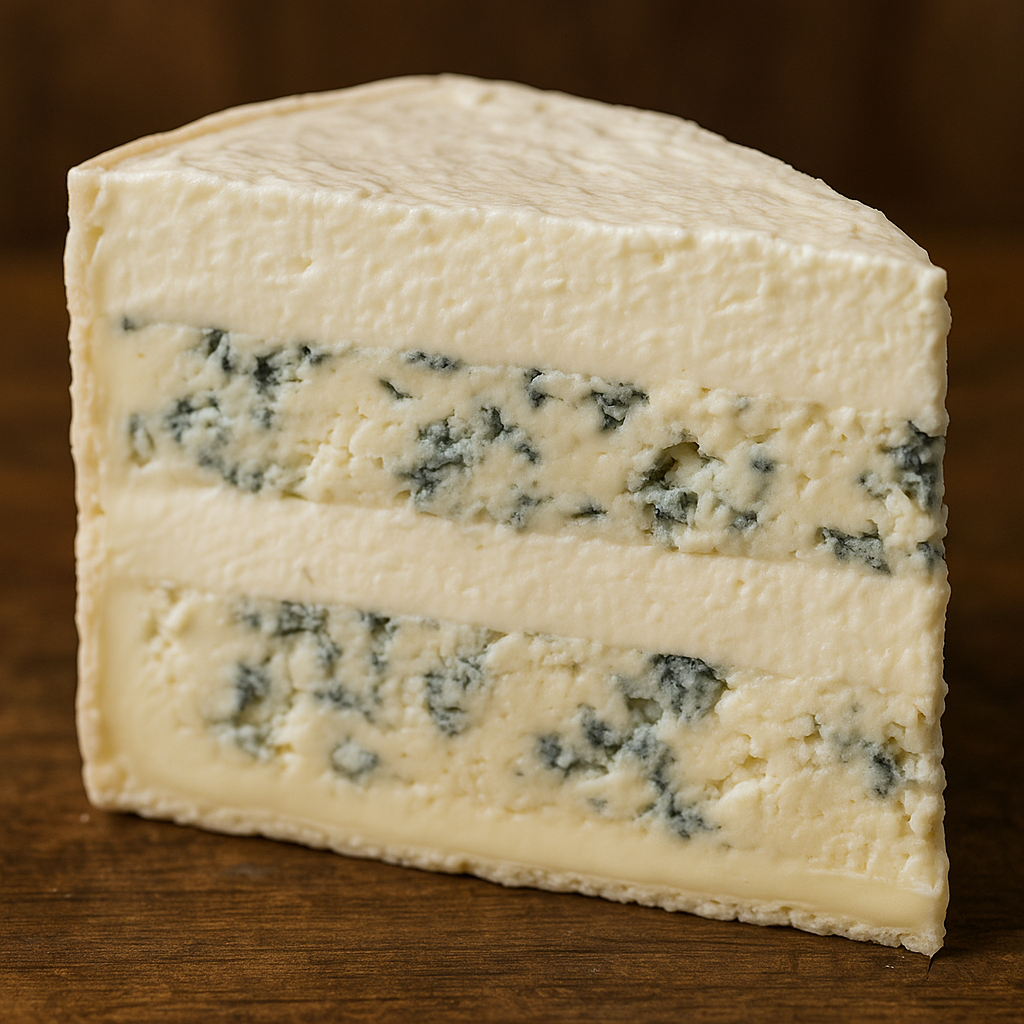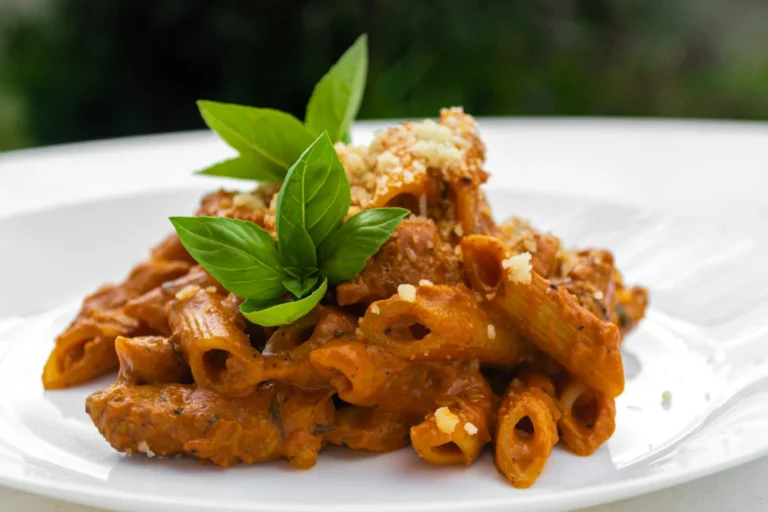Masgonzola: The Irresistible Fusion of Mascarpone and Gorgonzola Dolce
Masgonzola is more than a cheese — it’s a revelation for the palate. Born from the union of two of Italy’s most beloved cheeses, mascarpone and Gorgonzola Dolce, masgonzola delivers a luxurious balance of sweet, creamy richness and gentle blue-cheese tang. For cheese lovers, it’s both comforting and thrilling — a taste of tradition and innovation in one bite.
The Origin of Masgonzola
While not as ancient as Parmigiano-Reggiano or Mozzarella di Bufala, masgonzola’s story is rooted in Italy’s artisan cheese-making culture. The idea emerged from master affineurs who wanted to tame the intensity of blue mold cheese while enhancing its depth. By layering buttery mascarpone with soft, mellow Gorgonzola Dolce, they created a harmony that feels like dessert and cheese course combined.
The name “masgonzola” itself is a simple but powerful marriage of its two ingredients — a nod to its honesty and elegance.
What Makes Masgonzola Unique
Masgonzola’s charm lies in contrast and balance:
-
Texture: Soft, velvety mascarpone envelops the creamy, marbled body of Gorgonzola Dolce.
-
Flavor: Gentle blue tang softened by lush dairy sweetness.
-
Visual Appeal: Beautifully layered, with ivory mascarpone framing the pale blue-veined core.
Unlike stronger blue cheeses, masgonzola is approachable — even for those wary of mold-ripened varieties. It seduces without overpowering.
The Ingredients Behind the Magic
Mascarpone
A rich, fresh cream cheese from Lombardy, mascarpone is famed for its smooth texture and subtle sweetness. Traditionally made from heavy cream and citric acid, it’s the silken base of tiramisu and many Italian desserts.
Gorgonzola Dolce
A young, sweet Gorgonzola with soft, spreadable texture and a delicate, almost honeyed flavor. Its signature blue veining comes from Penicillium roqueforti, added to milk before curdling. It matures for 2–3 months, resulting in a cheese that is creamy rather than crumbly.
Layering Technique
Crafting masgonzola requires precision. A base of mascarpone is spread, followed by a layer of Gorgonzola Dolce, then another mascarpone blanket. This layering seals in moisture and ensures flavor harmony.
Culinary Uses for Masgonzola
Masgonzola is versatile — equally at home on a cheese board or in fine dining creations.
-
Cheese Boards: Serve with figs, walnuts, or truffle honey for an indulgent appetizer.
-
Pasta Sauces: Melt into cream for an instant gourmet upgrade.
-
Risotto: Stir in at the end for a velvety finish.
-
Dessert Pairings: Spread on panettone or brioche with a drizzle of aged balsamic.
-
Savory Pies: Layer into tarts with caramelized onions or pears.
Pairing Perfection
To highlight masgonzola’s complexity, pair it thoughtfully:
-
Wine: Sweet or semi-sweet wines like Moscato d’Asti or late-harvest Riesling complement its creaminess.
-
Beer: Belgian Tripel or wheat beers balance the richness.
-
Spirits: A splash of aged rum or dessert sherry creates a decadent bite.
Health and Nutritional Notes
Masgonzola is indulgent — and that’s part of its charm. It’s high in fat, offering a rich source of dairy calcium and protein. While not an everyday staple, in moderation it can be part of a balanced diet, especially when enjoyed mindfully with whole foods like fruits and nuts.
Tip: For lactose-sensitive guests, opt for smaller portions or lactose-free mascarpone variants.
How to Store Masgonzola
To keep masgonzola at its peak:
-
Wrap loosely in wax paper, then seal in an airtight container.
-
Store in the coldest part of your fridge (ideally 4°C/39°F).
-
Use within 5–7 days of opening.
-
Bring to room temperature before serving to unlock full flavor.
Why Masgonzola Inspires Culinary Joy
Masgonzola embodies indulgence without intimidation. Its gentle complexity bridges the gap between casual cheese fans and seasoned connoisseurs. It invites experimentation — whether you serve it simply with bread or weave it into elaborate recipes.
It’s the cheese that makes dinner guests ask, “What is this?” — and then smile when they learn its name.
FAQs About Masgonzola
Q: Is masgonzola the same as Gorgonzola Dolce?
No. Masgonzola is a layered creation that combines Gorgonzola Dolce with mascarpone for a milder, creamier flavor.
Q: Can I make masgonzola at home?
Yes! Purchase high-quality mascarpone and Gorgonzola Dolce, layer them, and refrigerate overnight for flavors to meld.
Q: Does masgonzola melt well?
Absolutely — it melts into sauces and risottos beautifully, though it’s best added at the end to preserve its creamy texture.
Q: Is masgonzola vegetarian-friendly?
Some versions use vegetarian rennet, but always check the label if that’s important to you.
Q: How do I serve masgonzola to impress guests?
Pair with artisan crackers, fresh figs, and a drizzle of truffle honey for a show-stopping appetizer.



